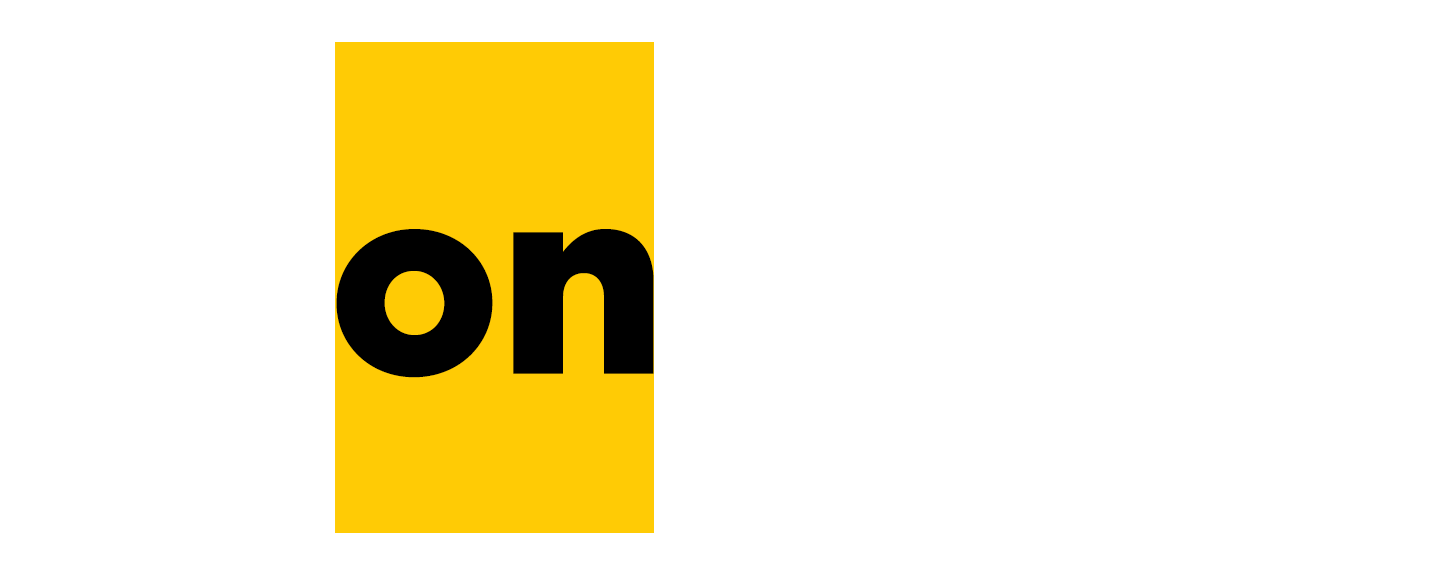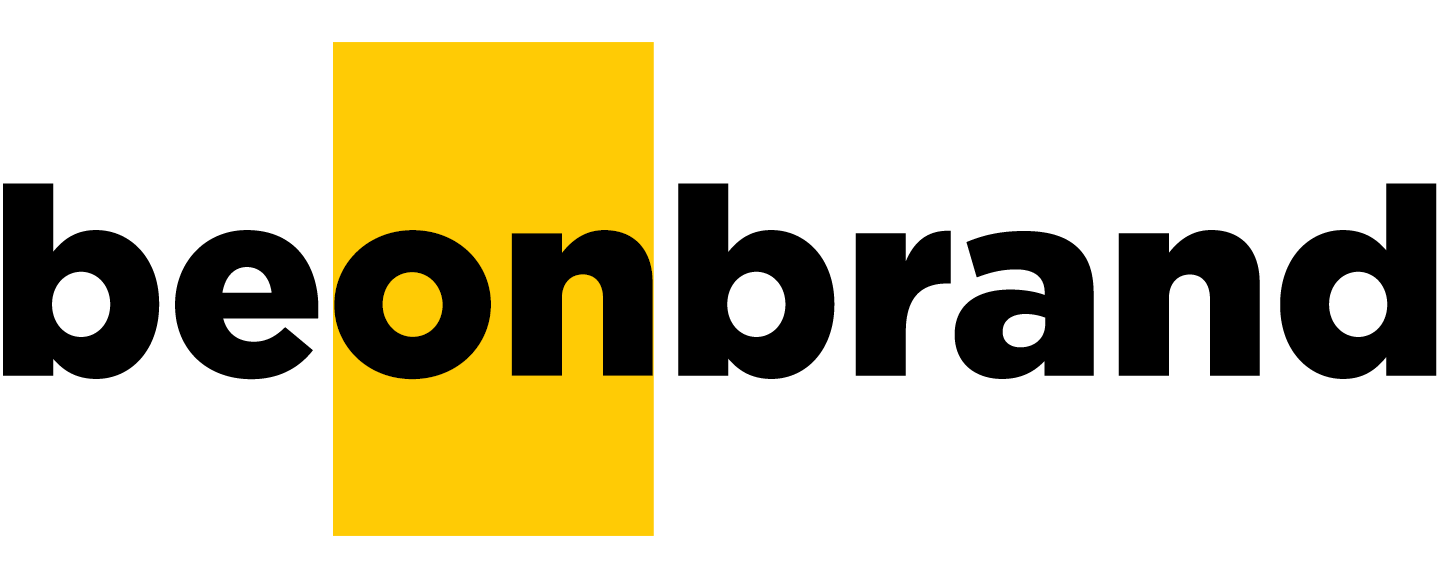
Mastering Multilingual Connections
In today's digitally connected world, language schools have a unique opportunity to harness the power of social media not only as a marketing tool but also as an integral part of their educational outreach. Social media platforms offer a treasure trove of possibilities to engage, educate, and connect with students across the globe.

The Digital Landscape for Language Schools
Embracing Social Media
The rise of digital technology has transformed the way language schools operate. With social media, language learning transcends traditional boundaries, allowing schools to reach a broader audience than ever before.
Why Social Media Matters
Social media channels are more than just marketing platforms; they are dynamic spaces for interaction, cultural exchange, and real-time language practice.

Strategies for Language Schools on Social Media
Content Creation for Engagement
Interactive Language Lessons: Share short, engaging language lessons or tips.
Cultural Insights: Post about cultural aspects related to the languages taught.
Student Showcases: Highlight student success stories and testimonials.
Building a Language Community
Discussion Forums: Create spaces for students to interact, practice, and ask questions.
Language Challenges: Host regular language challenges or quizzes.
Leveraging Multimedia
Video Content: Use videos for mini-lessons or student testimonials.
Podcasts and Audio Clips: Share pronunciation guides or conversational snippets.
Analytics and Adaptation
Track Engagement: Monitor which types of content resonate with your audience.
Adapt Strategies: Use insights to refine your approach and content style.

Case Studies: Success Stories of Language Schools on Social Media
Enhanced Engagement Through Interactive Content
School A’s Strategy: How interactive polls and live Q&A sessions increased engagement.
School B’s Journey: Leveraging user-generated content to build a community.
The Role of Social Media in Student Recruitment
Targeted Advertising
Demographic Targeting: Tailor ads to specific language learning demographics.
Retargeting Campaigns: Re-engage visitors who have shown interest.
Influencer Collaborations
Language Influencers: Collaborate with language learning influencers for wider reach.

Measuring the Success of Social Media Strategies
Key Performance Indicators (KPIs)
Engagement Rates: Likes, shares, comments, and overall interaction.
Conversion Metrics: Inquiries, sign-ups, and enrollment rates from social media.

Conclusion
Social media presents an invaluable opportunity for language schools to expand their reach, engage with students in meaningful ways, and create a vibrant community of language enthusiasts. By embracing these platforms, language schools can innovate their teaching methodologies and marketing strategies, positioning themselves at the forefront of modern language education.

Share this article
Interested in learning more ?


